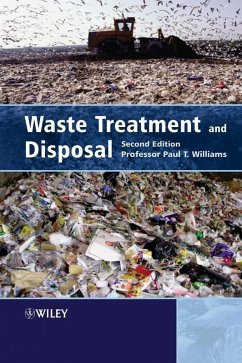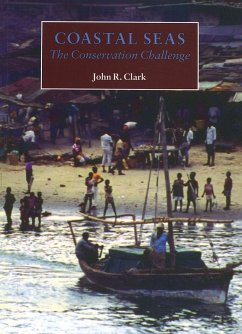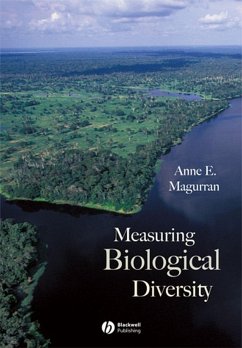
Ecosystem Health (eBook, PDF)
Principles and Practice
Redaktion: Rapport, David J.; Levins, Richard; Gaudet, Connie L.; Epstein, Paul R.; Constanza, Robert
Versandkostenfrei!
Sofort per Download lieferbar
94,99 €
inkl. MwSt.
Weitere Ausgaben:

PAYBACK Punkte
0 °P sammeln!
Ecosystem Health: Principles and Practice
Ecosystem Health presents information to help the environmental sciences community further understand the relationships between ecosystem health and human health. By exploring preventative, diagnostic and prognostic aspects of ecosystem management and using case-study examples, the book takes the reader from theory to practice in this emerging integrative science.
Ecosystem Health presents information to help the environmental sciences community further understand the relationships between ecosystem health and human health. By exploring preventative, diagnostic and prognostic aspects of ecosystem management and using case-study examples, the book takes the reader from theory to practice in this emerging integrative science.
Dieser Download kann aus rechtlichen Gründen nur mit Rechnungsadresse in D ausgeliefert werden.












